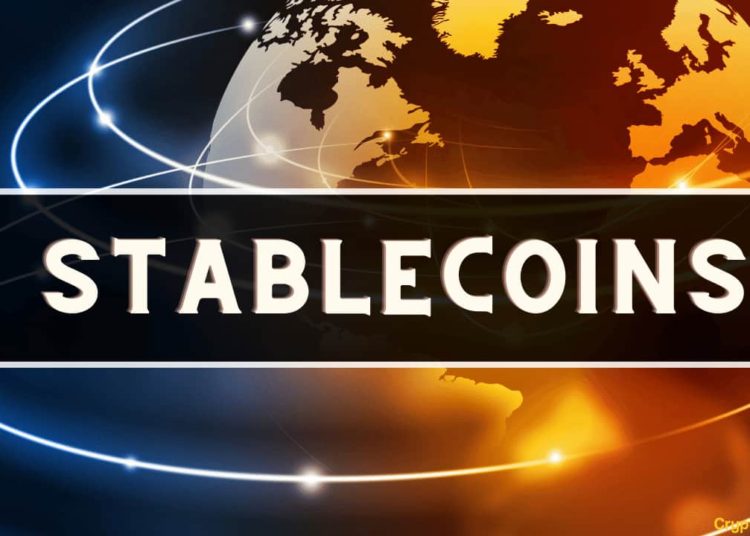Stablecoin payment adoption continued to thrive last year despite massive capital outflows from the crypto market at large, according to a new report from European hedge fund manager Brevan Howard.
Analysts found that the stablecoin market settled over $11 trillion in value in 2022 and that over 25 million blockchain addresses held over $1 in stablecoins.
Stablecoin Adoption by the Numbers
The fund’s report – co-authored by Venture Co-Head Peter Johnson and quant analyst Sai Nimmagadda – analyzed “non-speculative stablecoin usage” across a range of blockchains and layer 2 networks.
Blockchains included Ethereum Tron, Binance Smart Chain (BSC), Polygon, Optimism, Arbitrum, Fantom, and Avalanche. The stablecoins analyzed included USDT, USDC, BUSD, and TUSD – all of which are backed by bank deposits, US Treasuries, and other highly liquid cash equivalents.
“The vast majority of non-speculative activity uses fiat-backed stablecoins,” noted the report.
Usage of such tokens, it noted, “has decoupled from crypto exchange volumes.” Since December 2021, stablecoin volumes only fell 11%, and weekly stablecoin transactions rose by 25%, while broader CEX and DEX volumes fell 64% and 60%, respectively.
The total value settled through stablecoins last year approached that of card payment giant Visa’s $11.6 trillion figure and dwarfed PayPal’s $1.4 trillion figure. PayPal has now launched its own stablecoin, PYUSD, which it seeks to popularize for low-cost merchant payments worldwide.
The report claimed that most stablecoin users are likely “small/retail users”, given that 75% of weekly active stablecoin addresses transact less than $1000 per week. Over two-thirds of stablecoins are held outside of both exchanges and smart contracts.
Though roughly 50% of stablecoin volume is settled on Ethereum alone, the network accounts for just 3% of total transactions. Compared to other networks, Ethereum is known to contain higher transaction fees that render smaller transactions unfeasible.
By comparison, Tron and BSC account for 75% of stablecoin transactions and 41% of volume.
Tether Remains King
Over half of all stablecoin volume is still dominated by Tether’s USDT. The token not only accounts for 69% of stablecoin supply but 80% of weekly active addresses and 75% of transactions.
Circle’s USDC once rivaled USDT in market dominance but quickly lost market share to the latter after a loss of confidence during a brief dollar-de-pegging event in March.
Tether recently cut support for three blockchains that lacked significant stablecoin activity or adoption, including the token’s very first network, Omni.
Binance Free $100 (Exclusive): Use this link to register and receive $100 free and 10% off fees on Binance Futures first month (terms).
PrimeXBT Special Offer: Use this link to register & enter CRYPTOPOTATO50 code to receive up to $7,000 on your deposits.
Credit: Source link












































